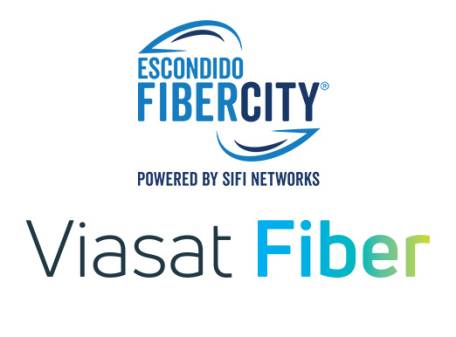“Capitalism without competition isn’t capitalism, it’s exploitation.” These were words spoken by President Joe Biden in July 2021, minutes before he signed an executive order to promote competition in the U.S. economy. This is poignantly relevant to telecom companies in the United States. In the U.S., an industry that limits consumer choice makes it hard for small Internet Service Providers to break through.
Ben Bawtree-Jobson, CEO of fiber infrastructure developer SiFi Networks, explains what both emerging and established ISPs stand to gain from a shared broadband model.
Healthy competition is essential to the US economy. Without it big players could potentially change and charge whatever they want for services that don’t suit the needs of the consumer. For many Americans, this means limited options in terms of providers and services. So, how have we got here?
Monopolies: A competitive advantage?
ISPs have always seen it as a competitive advantage to own and operate their own broadband infrastructure. This makes it difficult for smaller companies to break through, stifling competition and maximizing profits for established corporations. However, heavy investments in network infrastructure can be a double-edged sword — companies have so far disregarded the costs of tying themselves up in long-term infrastructure projects and are now struggling to divest and adapt to a rapidly changing market.
This is why many U.S. towns are still served by slow, outdated cable and the national fiber coverage sits at a meager 32 per cent. But, in an age where the internet is critical for education, healthcare and business growth, consumer demands for high-speed connectivity make fiber optic the only viable option.
As it stands, only the big telecoms players can feasibly upgrade their cable networks. However, this is costly, disruptive, and takes years to complete, meaning ISPs cannot expect a quick return on investment.
A new broadband ecosystem is needed to give ISPs of all sizes the chance to respond to consumer demands without necessarily overhauling their existing network infrastructure, a costly and time-consuming option. It is here that embracing open access broadband models may prove effective and helpful.
Fostering competition with open access
Open access infrastructure essentially means sharing a fiber optic network. Many companies are reluctant to use this model because they believe that increased competition could negatively affect their profits. In reality, there are many benefits to be gained from using a shared network infrastructure. The first is that open access broadband gives ISPs access to a larger pool of potential customers. Giving consumers more choice over their broadband packages and providers will attract a more diverse demographic of customers and thus, promote overall revenue.
At a time when customer demand dictates the need to upgrade services and improve connectivity speed and quality, open access can also help ISPs of all sizes minimize costs. Construction and maintenance of a network is carried out by the infrastructure developer, freeing up budget for ISPs, who can redirect it into areas of the business that need extra attention, such as boosting customer relationships. Larger ISPs, who spend millions of dollars per year maintaining their network infrastructure, could pull their savings into improving and diversifying their product offerings.
Sharing an infrastructure will mean more ISPs can operate in the market, fostering competition, lowering prices and offering better consumer choice. Citizens who previously felt cut-off from basic educational and healthcare services because they couldn’t afford their only broadband option, should then be able to pursue more affordable packages. This will naturally encourage more residents and businesses to subscribe, creating a larger pool of potential customers and ultimately improving economic growth and social mobility.
Open access is attractive to larger ISPs too. As it stands, the telecoms sector ranks at the bottom of 46 industries for customer satisfaction according to the American Consumer Satisfaction Index. Therefore, if they didn’t need to budget for the operation and maintenance of their fiber, and to upgrade outdated copper-based networks that no longer satisfy consumers’ demands, more money could be invested in bettering customer communication and service. If customers are happy with their ISP, and a good brand reputation can be established, this will be a huge competitive advantage.
“Fair competition is what made America the wealthiest, most innovative nation in history,” said Biden during his White House press conference. If smaller ISPs had a fair chance to enter the market, the well-established big players could stay competitive by improving their customer experience and tailoring their services to satisfy the needs of their customers. Ownership of the network infrastructure is no longer the only or even the best way to compete in the high-speed internet space. An open-access model will diversify the market and allow a variety of ISPs to thrive.






